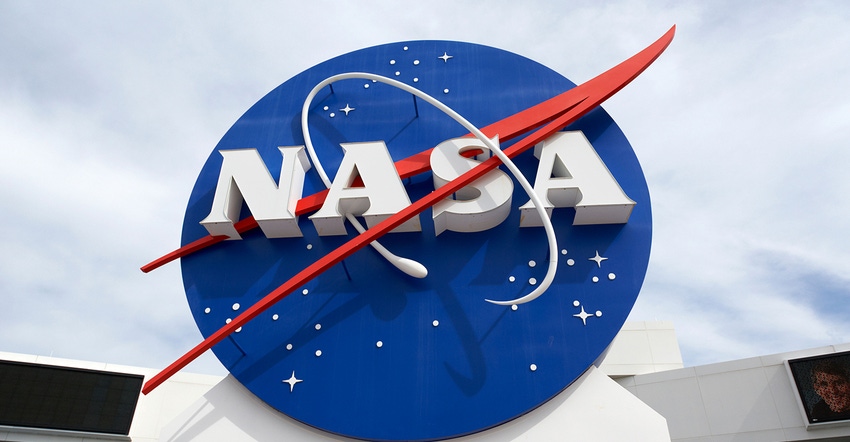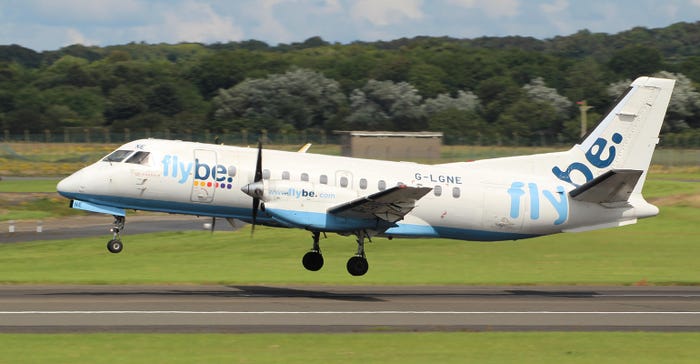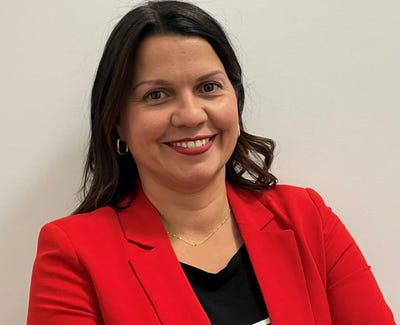NASA’s Electrified Powertrain Flight Demonstration Project
NASA is collaborating with industry leaders such as GE Aviation, Boeing, and BAE Systems to conduct ground and flight tests of electrified aircraft propulsion technologies to enable a new generation of electric-powered aircraft.

To make electrified aircraft an efficient and commercial reality, several advanced technologies and innovative features are being developed to speed-up the creation of safer and more efficient electrified powertrains – including lighter and more efficient motors, electronics, and materials that can help reduce emission levels and improve fuel efficiency.
NASA’s electrified powertrain flight demonstration (EPFD) project is testing these technologies for future use in smaller, regional aircraft with less than 100 passengers, as well as single-aisle commercial airliners designed for around 180 passengers and operating longer-distance flights. A total $260 million will be invested by NASA, GE Aviation, Boeing, and other partners over five years to accelerate the introduction of hybrid electric flight technologies for commercial aviation.
Megawatt-class powertrain system
As part of the EPFD project, NASA has partnered with GE Aviation to launch a hybrid electric technology demonstrator program. Plans are to conduct ground and flight tests of a megawatt (MW) class hybrid electric propulsion system by the mid-2020s. GE Aviation will develop a hybrid electric propulsion system for flight testing with a modified Saab 340B testbed —plane provided by Boeing — and GE’s CT7 turboprop engines.

“We are grateful for the opportunity to partner with NASA to take hybrid electric aircraft engines out of our test labs and into the sky, bringing more sustainable technology solutions to commercial aviation as quickly as possible,” said Mohamed Ali, vice president of engineering for GE Aviation.
“We’re building on work that was started years ago, in close coordination with GE and others, and doing things never before done with power systems on airplanes,” says Tim McCartney, director of aeronautics at NASA’s John Glenn Research Center.

Just recently, GE announced that it has completed the world’s first test of a megawatt (MW)-class and multi-kilovolt (kV) hybrid electric propulsion system in altitude conditions that simulate single-aisle commercial flight. The test of the high power, high voltage system —including electric motor/generators, power converters, power transmission and power control systems — successfully demonstrated performance and operation of the components in a replicated flight environment.
Beyond energy storage
As part of the NASA research project, BAE Systems will design, test, and supply energy management components for electric aircraft in the megawatt power class. In addition to energy storage, BAE Systems will provide the high-integrity controls and cables for the demonstrator’s power management system, which will be tested on CT7-9B turboprop engines.
The future of electric flights
The electrification of aviation is a potential game changer for our society. Electric-powered aircraft can not only reduce the cost of commercial air travel, but it can provide a 49% to 88% reduction in CO2e emissions relative to fossil-fueled reference aircraft.
If support for projects such as the EPFD project keep flourishing; advances in aircraft battery technologies — e.g., commercial battery packs with an energy density of 500 Wh/kg — and hybrid-electric power train technologies will accelerate the introduction of electrified aircraft propulsion (EAP) technologies in US commercial aviation fleets.
About the Author(s)
You May Also Like





